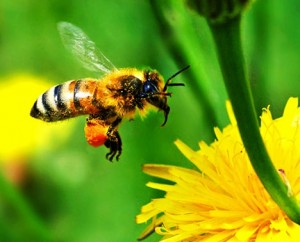
|
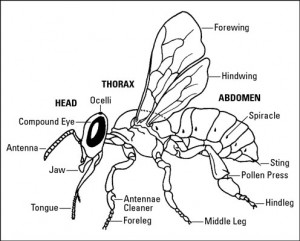
|
Some understanding of the anatomy and physiology of the honey bee is essential if you are to become a successful beekeeper. We have written the following articles covering the main aspects of honey bee physiology and anatomy which you should find helpful.
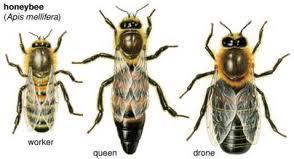 Differences in the Anatomy of a Queen Bee, Worker Bee and Drone
As far as size is concerned the queen honey bee is the longest of the three. However unlike the other two……
Differences in the Anatomy of a Queen Bee, Worker Bee and Drone
As far as size is concerned the queen honey bee is the longest of the three. However unlike the other two……
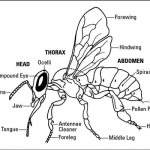 Basic Bee Anatomy
Like all insects the body of a bee is divided into three main sections, the head, the thorax and the abdomen.
Basic Bee Anatomy
Like all insects the body of a bee is divided into three main sections, the head, the thorax and the abdomen.
 Honey Bee Exoskeleton
Bees like all insects have their skeletons on the outside,
exoskeletons
, with the muscles attached to the inside.
Honey Bee Exoskeleton
Bees like all insects have their skeletons on the outside,
exoskeletons
, with the muscles attached to the inside.
 Honey Bee Respiratory System
In bees and all insects, blood is not used to transport oxygen where needed but instead the trachea are used.
Honey Bee Respiratory System
In bees and all insects, blood is not used to transport oxygen where needed but instead the trachea are used.
 Honey Bee Circulatory System
The blood or haemolymph of a bee carries no oxygen, (that is the job of the tracheal system) so does not contain the red pigment haemoglobin and as a result is a pale straw or amber colour.
Honey Bee Circulatory System
The blood or haemolymph of a bee carries no oxygen, (that is the job of the tracheal system) so does not contain the red pigment haemoglobin and as a result is a pale straw or amber colour.
 Honey Bee Digestive System – Alimentary System
The bee’s alimentary canal starts with the bee’s mouth which is situated between the base of the mandibles.
Honey Bee Digestive System – Alimentary System
The bee’s alimentary canal starts with the bee’s mouth which is situated between the base of the mandibles.
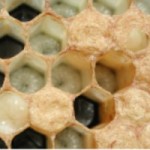 Honey Bee Larvae Digestive System – Alimentary Canal
The alimentary canal of a bee larvae is not as complex and developed as that of a fully grown bee , but still has to function efficiently to ensure…
Honey Bee Larvae Digestive System – Alimentary Canal
The alimentary canal of a bee larvae is not as complex and developed as that of a fully grown bee , but still has to function efficiently to ensure…
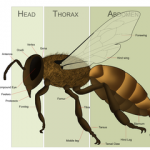 Honey Bee Glands
The worker honey bee has several important glands situated in her head, thorax and abdomen.
Honey Bee Glands
The worker honey bee has several important glands situated in her head, thorax and abdomen.
 Bee Brain and Nervous System
Honey bees like most insects not only have a brain in their head but several sub brains or
ganglia
(7 of these) spread throughout their bodies. There are 2 ganglia in the thorax and 5 in the abdomen.
Bee Brain and Nervous System
Honey bees like most insects not only have a brain in their head but several sub brains or
ganglia
(7 of these) spread throughout their bodies. There are 2 ganglia in the thorax and 5 in the abdomen.
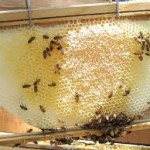 How and Why Honey Bees Make Wax
Wax is produced as needed by worker bees to form and repair comb and individual cells. The wax is secreted by these worker bees ….
How and Why Honey Bees Make Wax
Wax is produced as needed by worker bees to form and repair comb and individual cells. The wax is secreted by these worker bees ….
